In the middle of an interview about their spring break trip, biology students Rose Zandvliet and Chris Addis paused in Florida’s Bird Rookery Swamp, peering warily at the reflective eyes of an 11-foot-long adult American alligator swimming a few feet away.
They remembered what they had learned in herpetology class: alligators can outrun most of their meals, like turtles and raccoons, and their powerful tails enable them to leap five feet above the water’s surface. Still, Zandvliet (CAS’15) and Addis (CAS’14) remained calm, and as the gator lumbered slowly up a bank, they silently motioned to the rest of their class.
Christopher Schneider, a College of Arts & Sciences associate professor of biology, was the first to arrive. Beside him, Karen Warkentin, also a CAS associate professor of biology, urged the 14 students to take care not to approach the animal in a clump, so that if they needed to move quickly, they wouldn’t be blocked by other people.

For some students, the trip was the first time in the field. Photo by Winnie Hsieh (CAS’14)
Before this year, herpetology was the one component of vertebrate organismal biology that was missing from the biology department’s curriculum. Amphibian expert Warkentin and Schneider, who studies reptiles, worked together to design the course and included a field component with a high likelihood of spotting animals.
Florida was their first choice. Only a three-hour plane ride away, the state has an impressive diversity of such animals as American crocodiles, chameleons, Florida sand skinks, and oak toads, as well as many unusual birds and insects.
“If you want to understand ecology and animals, it should happen in a natural environment,” Warkentin said. “Outside, it’s a whole sensory experience—seeing, hearing, smelling, getting bitten by insects, getting wet and muddy. Nothing can compare to seeing an animal in its actual environment.”
Home base for the week was Archbold Biological Station, a 5,193-acre nature sanctuary two hours southeast of Tampa with 50 species of reptiles and 23 types of amphibians, as well as a community of dorms, research labs, and libraries. On the weeklong trip, the class was met by biologists at several sites in the mid-to-south Florida area— all the way down to the Everglades.

Green anole. Photo by Jonathan Suh (CAS’14)

Florida scrub lizard. Photo by Jonathan Suh (CAS’14)

Southern black racer. Photo by Jonathan Suh (CAS’14)

Grackle. Photo by Jonathan Suh (CAS'14)

American alligator. Photo by Jonathan Suh (CAS’14). Click on the arrow above right to see more images.

Six-lined racerunner. Photo by Winnie Hsieh (CAS'14)

Redbelly turtle hatchling. Photo by Jonathan Suh (CAS’14)

American green tree frog. Photo by Jonathan Suh (CAS’14)

Gopher tortoise. Photo by Winnie Hsieh (CAS'14)
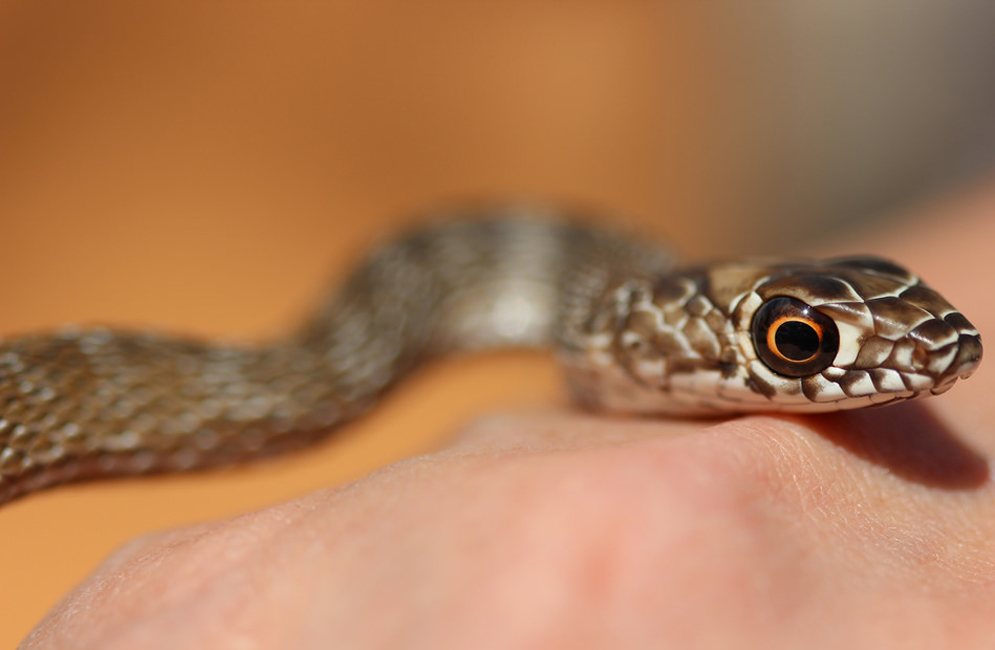
Coachwhip snake. Photo by Jonathan Suh (CAS’14)

Tricolored heron. Photo by Winnie Hsieh (CAS'14)

American crocodile. Photo by Jonathan Suh (CAS’14)

Banded water snake. Photo by Winnie Hsieh (CAS'14)

Southeastern five-lined skink. Photo by Jonathan Suh (CAS’14)

Anhinga. Photo by Winnie Hsieh (CAS'14)

Banded water snake. Photo by Jonathan Suh (CAS’14)

Barred owl. Photo by Winnie Hsieh (CAS'14)

American crocodile. Photo by Winnie Hsieh (CAS'14)

Southern black racer. Photo by Winnie Hsieh (CAS'14)

Southern black racers, which hunt by eyesight during the day, eat insects, lizards, snakes, birds, and rodents. Photo by Winnie Hsieh (CAS'14)
The group visited Bird Rookery Swamp, a nature preserve outside Naples. They spotted and measured a cottonmouth—a type of venomous pit viper—lying quietly under a fern, and spent much of the day with eyes peeled for green anole lizards.
By the week’s end, the students had seen adult and baby alligators, American crocodiles, Southern black racer snakes, green anoles, banded water snakes, green tree frogs, a gopher tortoise, several species of birds, and manatees.
They also had learned many lessons, chief among them how to see an animal that nature has tried to make invisible—and how to avoid the ones in plain sight.




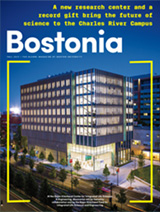




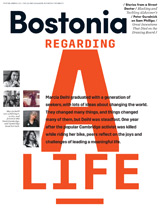


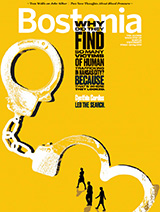



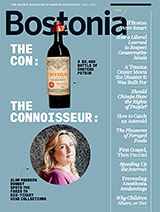
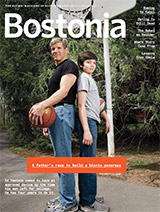
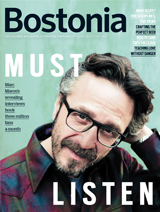

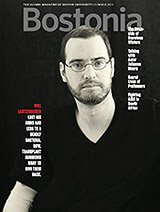
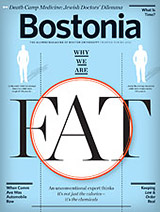





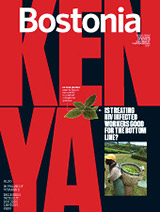
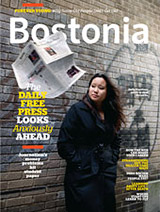
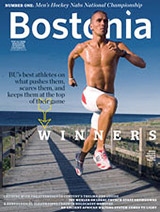
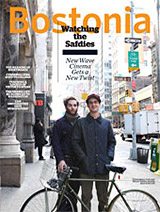

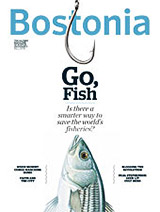
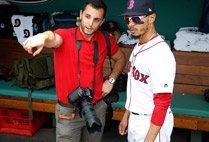
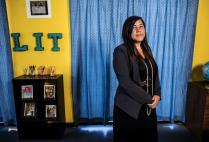
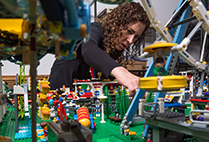

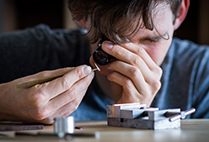
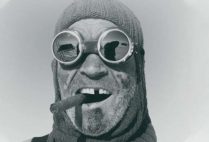
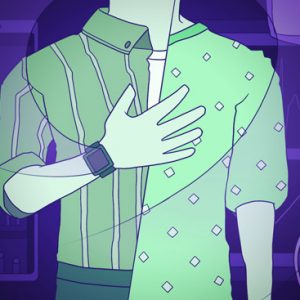
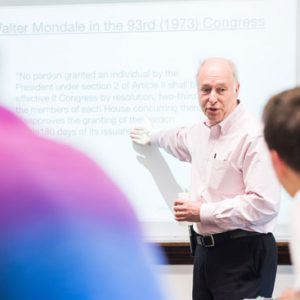
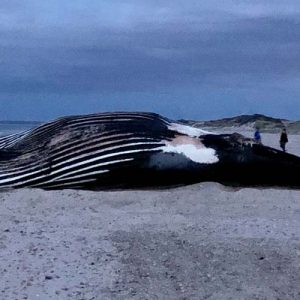
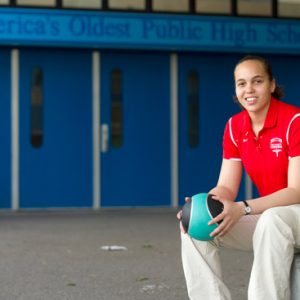
























Related Stories
Terriers Share Their Most Embarrassing Freshman Moments
Awkward situations they may want to forget
(Some) Frogs Are Better Parents Than We Thought
Nocturnal fieldwork sheds light on how parental sex roles evolve
A Look Back at 2018’s Most Memorable Moments
Photo gallery captures the protests, new buildings (and campus), day-to-day campus activities
Post Your Comment